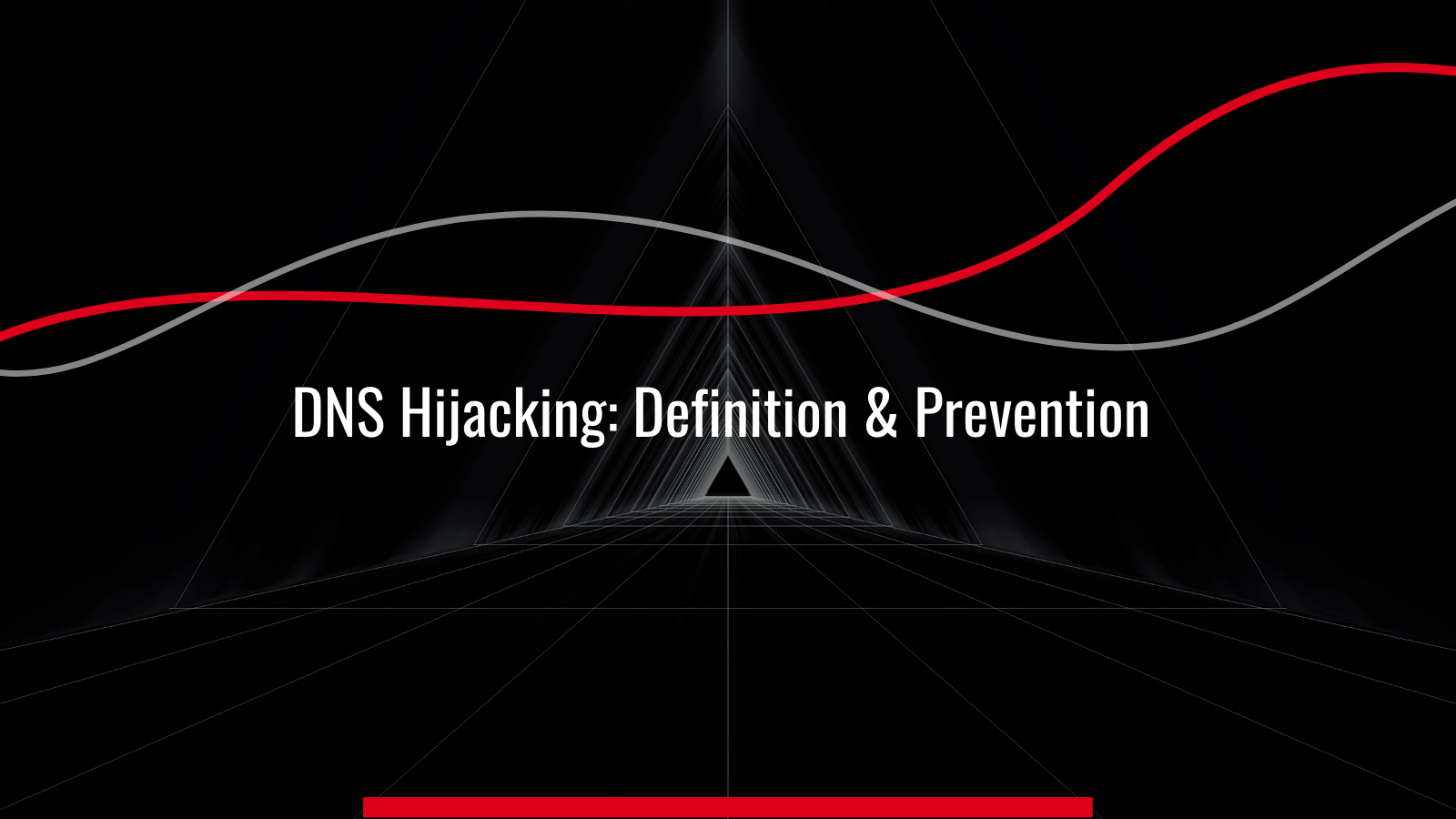Blockchain Attack Vectors: Risks & Impact
Explore Blockchain Attack Vectors: 51% Attack, Sybil Attack, Eclipse Attack, DDoS, Smart Contract Weaknesses, and Timejacking. Protect Your Blockchain Network.
 Domain Name System (DNS) is a universal protocol responsible for translating hostnames into IP addresses so users can find their way around the Internet.
Domain Name System (DNS) is a universal protocol responsible for translating hostnames into IP addresses so users can find their way around the Internet.
The purpose is to translate human-readable domain names into numeric Internet Protocol (IP) addresses that computers can understand. In this case, a DNS resolver, also known as a recursive DNS server, handles the initial request and converts the domain name to an IP address.
DNS hijacking is a common network hacking in which the attacker gains control over the DNS server for a company, nonprofit organization, or government. Once this occurs, the attacker may be able to redirect any traffic passing through their server. This attack is sometimes called "hijacking" because the attacker has taken control of the domain name servers and can send users to bogus sites when they try to go to legitimate websites.
According to a report, Domain Name System (DNS) assaults have been increasingly common in the previous year, affecting roughly 72% of enterprises. As a result, protecting the DNS infrastructure is more important than ever. For 47% of survey takers, DNS hijacking was the most common form of attack, followed by DDoS attacks (46%) and DNS tunneling (35%).
Unfortunately, attempts to breach the DNS are common. And this is important since it facilitates communication between businesses and their clients or suppliers. If this connection is broken, customers may become aggravated, and businesses may lose sales or customers.
Cybercriminals employ DNS hijacking to implant malware into your computer, spread phishing schemes, gain advertising space on popular websites, and other forms of online extortion. Once a user's DNS is redirected to a malicious server, any requests made to the original DNS server are redirected to the IP addresses of the malicious websites. No matter how big or small, any website is vulnerable to having it's DNS information stolen and redirected to a rogue domain.
Because legitimate DNS servers supplied by an ISP are relied upon by website owners, DNS hijackers use malware as a Trojan to replace the legitimate DNS server assignment with a manually assigned DNS server from a fraudulent DNS server.
Internet users who type in the addresses of genuine companies are having their browsers redirected to malicious websites designed to seem just like the ones they were trying to access. Neither the user nor the original website owner will notice when the DNS server is switched. As the victim believes they are on a legitimate site, they leave themselves wide open to whatever criminal activity the attacker has planned.
There are several ways DNS hijacking could be implemented.
Man-in-the-middle attacks are a type of attack in which the attacker inserts themselves between the sender and receiver of communication to be able to intercept and sometimes modify data. The MITM attack is perpetrated by gaining access to the network infrastructure, setting up false DNS entries that point users to malicious servers, and intercepting traffic.
In this attack, an attacker could manipulate the DNS server and change the IP addresses of legitimate websites. The point here is to make users think they are viewing a trusted website (like their bank or social network) when looking at a phishing version that steals data.
This attack involves an attacker gaining access to the company's router and changing the DNS server entries. In this case, the router is the compromised device rather than a server.
Attackers infect a user's computer with Trojan malware and then alter the system's local DNS settings to force the user's browser to visit harmful URLs.
You can use the following best practices to prevent the attack from affecting your organization.
DNS is a critical part of the Internet infrastructure as it provides a means of sharing information between servers.
When an attacker compromises this server and redirects traffic, a company's operations can be very dangerous. A reliable DNS service ensures your organization's name resolution works smoothly.
DNS hijacking occurs when someone alters your computer's or server's settings, possibly directing you to malicious websites or masking your identity to steal data.
Using the correct DNS server and measures to prevent DNS hijacking can greatly reduce the likelihood of your network being compromised.